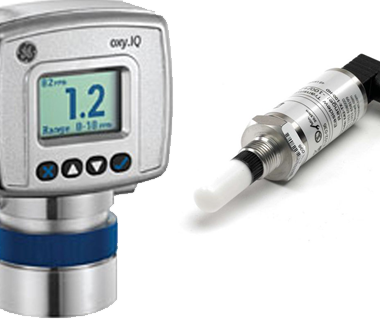No products in the cart.
Environment, Health and Safety Manual – Chapter 05.08: Occupational Safety Policies – OSHA Bloodborne Pathogens Standards
Title
Environment, Health and Safety Manual – Chapter 05.08: Occupational Safety Policies – OSHA Bloodborne Pathogens Standards
Policy
The OSHA “Occupational Exposure to Bloodborne Pathogens” (29 CFR Part 1910.1030) is applicable to employees with exposures to blood and other potentially infectious materials. The standard defines an “occupational exposure” as reasonably anticipated skin, eye, mucous membrane, or parenteral contact with blood or other potentially infectious materials that may result from the performance of an employee’s duties. “Other potentially infectious materials” include semen, vaginal secretions, cerebrospinal fluid, pleural fluid, pericardial fluid, peritoneal fluid, amniotic fluid, saliva in dental procedures, any body fluid that is visibly contaminated with blood, unfixed human tissue or organs, and cell cultures containing HIV or HBV. The standard is summarized below.
- Employers must write an “Exposure Control Plan” designed to eliminate or minimize employee exposures and must provide a copy to covered employees.
- Employers must identify job classifications in which employees have occupational exposures.
- “Standard (Universal) Precautions” are to be utilized in the handling of all specimens.
- Engineering and work practice controls and personal protective equipment are to be used to eliminate or minimize employee exposures.
- Hepatitis B vaccine is to be offered to all employees with occupational exposures.
- Post-exposure medical evaluation and follow-up is to be provided for employees with occupational exposures;
- Annual training must be provided for all employees with occupational exposures.
- HBV and HIV research laboratories and production facilities are to provide additional training and engineering controls and work practices.
UNC-Chapel Hill Exposure Control Plan
The UNC-Chapel Hill Exposure Control Plan, describes the procedures designed to minimize or eliminate exposures to employees. A copy of the Plan can be found on the EHS website along with the Hepatitis Declination Form.
Reporting Occupational Exposures
Employees who sustain an occupational exposure to blood or other potentially infectious material should report the exposure to the UNC Employee Occupational Health Clinic (919-966-9119). After regular working hours and on weekends, the employee should call Health Link (919-966-7890) to be instructed on how to seek treatment.
Training
Attendance at an Environment, Health and Safety Office bloodborne pathogens training session or taking the class online is required of all new employees occupationally exposed to blood or other potentially infectious materials. New clinic employees will receive bloodborne pathogens training as a part of the Clinic Environment Orientation. Other new employees with occupational exposure should attend one of the training sessions or take the class online. Annual training updates can be fulfilled by attending one of the sessions or by completing the bloodborne pathogens self study unit. Training schedules.
Contact Information
Primary Contact
Environment, Health and Safety
1120 Estes Drive
Campus Box #1650
Chapel Hill, NC 27599-1650
Phone: 919-962-5507
Back to Chapter 05.07 – Chemical Waste Disposal
Proceed to Chapter 05.09 – OSHA Laboratory Standard





